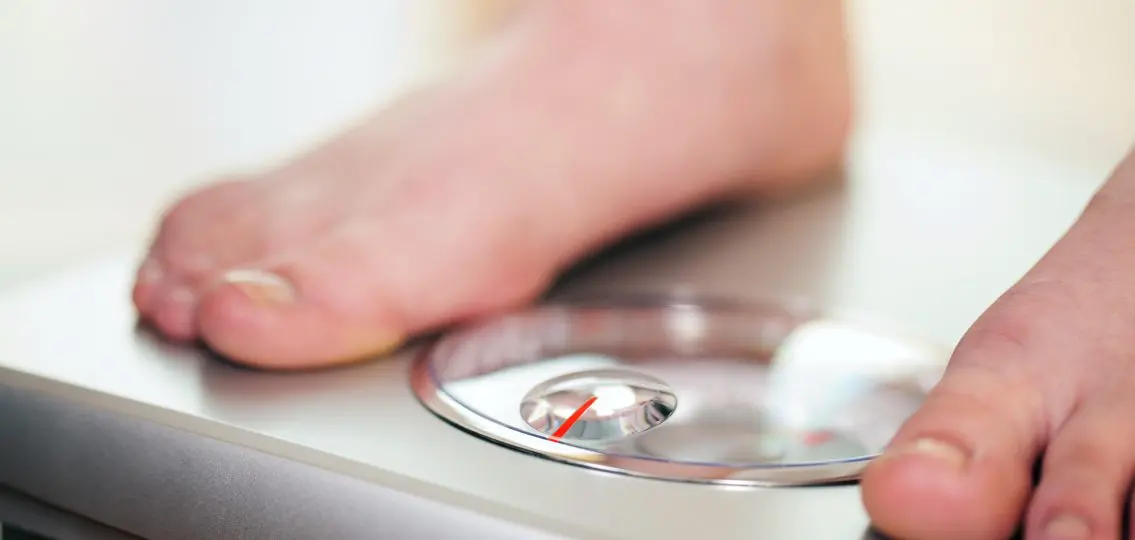“Dr. Frank, I think Luke has anorexia!”
“What? Don’t be ridiculous! What in heaven’s name makes you think that?”
“You should see him. He’s skin and bones; he’s restricting what he eats; he says he feels sick, and he’s developed this reflux after he eats.”
“All right, bring him in. Let’s have a look at him, but I highly doubt he has anorexia.”
My son Luke became anorexic in the summer of 2009. At first, I was the only person who considered the possibility, and even I had a hard time believing it because I’d never heard of a boy having anorexia.
Luke was a 14-year-old, lean and lanky cross-country star who trained all the time. But, I didn’t realize how lean he had become until I saw him swimming. He was positively skeletal. Based on his growing quirkiness around food, I just knew that Luke was anorexic.
Things came to a head in September when Luke was on a school trip. At midnight, he called to come home because he was cold. He was two hours away and due home the next day, so I spoke with the chaperones, who said they would help him. When he got off the bus, my heart skipped a beat. His jawbones were protruding. It was clear he hadn’t had any food for three days. I felt a deep fear that my son was dying.
Then, I made a life-saving call to the intake coordinator for eating disorders at our local children’s hospital. She made quick work of me with three simple questions: “How old is your son? How much does he weigh? How tall is he?” When I told her the answers, she said, “If that were my son, I would take him to the emergency room, right now.”
I hung up, cried for exactly three minutes, and then packed a bag for Luke.
Luke was admitted. The Children’s Hospital became our home for the next two months. His heart rate was erratic, fluctuating between 20-45 beats per minute. His blood pressure gave new meaning to the parameters of low blood pressure.
It was a journey into hell; any parent who has confronted this illness would say the same. Anorexia takes your sweet child, throws him in a deep dark prison and hijacks his brain and personality. We spent a year confronting the illness, sometimes sitting with Luke all night to finish a meal. It was a year of Luke screaming, swearing, breaking furniture, threatening us – it was not unlike demonic possession. I was grateful my husband was strong enough to restrain him when he was in a state of self-harm or other harm.
This was not our son, Luke; it was “ED,” the eating disorder, who wanted my son dead.
During this time, I found tremendous comfort and support in a live online forum (www.aroundthedinnertable.org) hosted by F.E.A.S.T. (Families Empowered and Supporting Treatment of Eating Disorders). At 2:00 a.m., when I was consumed with fear and uncertainty, I had other parents to chat with who understood my crisis.
After a year, Luke’s weight was restored and his alter ego, ED, gave up fighting us. Our therapist called it “learned helplessness.” My husband and I called it a miracle. But, is he better? No. Left to his own devices, he will quickly deteriorate.
Yes, boys do get anorexia. According to a recent study in the UK, anorexia is equally prevalent in males and females. It was thought boys only made up 10 percent of the anorexic population. It’s just that boys don’t get diagnosed; girls do.
Many of today’s kids also fall into this illness innocently. It starts with a diet, an illness, a growth spurt not matched with food intake or too much exercise without adequate nutrition. In Luke’s case, he was a skinny kid whose brain chemistry was quickly altered from running and inadequate nutrition.
My son asked me to remain anonymous to protect his privacy. My hope is that by sharing our story, though anonymously, boys will know they are every bit as vulnerable to this illness as girls – yet, no less a male.
This article was one in a series about male eating disorders, including boys vs. girls.
Read more perspectives: Parent 2, Teen 1, Teen 2 , Expert 1, and Expert 2.




